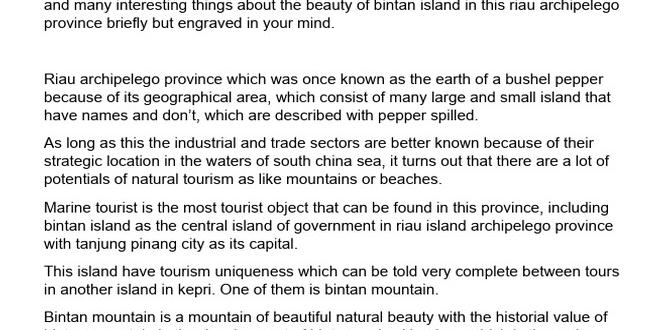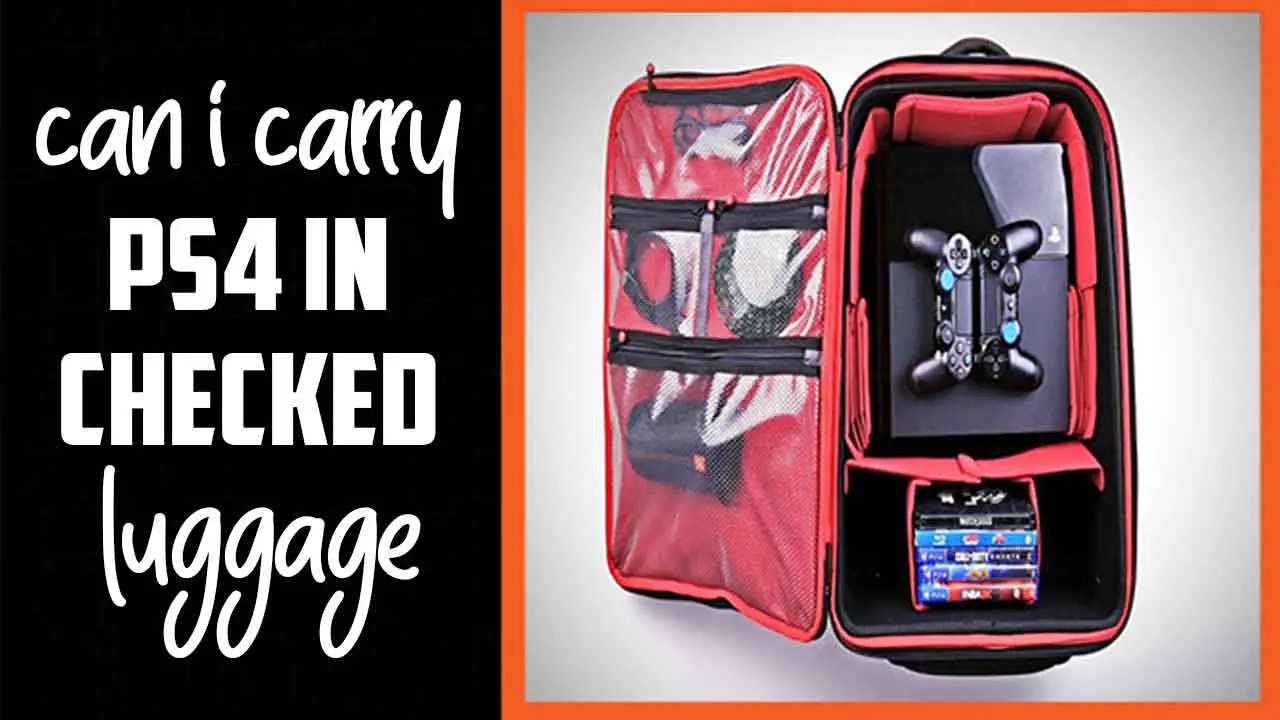Australia in winter offers unique adventures from snowy mountains to warm northern beaches. Essential planning involves choosing your destination based on weather preferences, packing appropriately for diverse climates, and booking flights and accommodation in advance for the best deals. Focus on your chosen region, whether it’s skiing in the Australian Alps or exploring tropical Queensland, to make the most of your unforgettable journey.
Australia in winter might sound chilly, but it’s a fantastic time to visit! Forget the crowds and embrace milder temperatures, perfect for exploring vibrant cities or escaping to stunning natural landscapes. Many travelers find planning a trip down under a bit daunting, especially with such a vast continent offering diverse experiences. But don’t worry, a little preparation goes a long way.
This guide will break down everything you need to know to plan your perfect Australian winter getaway. We’ll cover choosing where to go, what to pack, and how to navigate the journey with ease, ensuring comfort and enjoyment every step of the way. Get ready to discover the magic of Australia in its cooler months!
Why Winter is a Great Time for an Australia Trip
When you think of Australia, you probably picture sun-drenched beaches and scorching heat. While summer is glorious, winter (June to August) offers a completely different, and often more comfortable, travel experience. The oppressive heat of the north subsides, making exploration more pleasant, and the southern states transform into cozy winter wonderlands ideal for certain activities.
This season is perfect for travelers seeking:
Fewer crowds at major attractions.
Milder temperatures for city sightseeing and outdoor activities.
Unique experiences like snow sports.
Lower accommodation and flight prices in many popular areas.
A chance to explore the vast red centre without extreme heat.
Let’s dive into how to plan your adventure.
Step 1: Choose Your Australian Winter Destination
Australia is huge, and its winter weather varies dramatically from north to south. Deciding where to go first is key to tailoring your packing and itinerary.
The Tropical North (Queensland)
Where: Cairns, Port Douglas, the Daintree Rainforest, the Great Barrier Reef, Darwin, the Top End.
Weather: This is the dry season. Expect warm, sunny days (around 25-30°C / 77-86°F) with low humidity and minimal rain. This is prime time for exploring the world-famous Great Barrier Reef as the water is clear and calm.
Activities: Snorkelling, diving, exploring rainforests, visiting Indigenous communities, wildlife spotting, experiencing national parks like Kakadu.
Why Winter? It’s the most comfortable time to visit this tropical region, avoiding the intense heat and humidity of the wet season.
The Southern States (New South Wales, Victoria, Tasmania, South Australia)
Where: Sydney, Melbourne, Hobart, Adelaide, the Australian Alps, the Great Ocean Road.
Weather: This is where you’ll experience a true winter. Days can be cool to cold (ranging from 5-15°C / 40-60°F). Expect rain, especially in Tasmania and parts of Victoria. The Australian Alps will experience snow.
Activities: Enjoying city culture, visiting museums, exploring wine regions (like the Barossa Valley or Yarra Valley), scenic drives, hiking in cooler temperatures, and skiing/snowboarding.
Why Winter? Perfect for those who enjoy cooler weather, city breaks, or hitting the ski slopes. The dramatic coastal scenery is also beautiful in winter.
The Desert Interior (Northern Territory, parts of Western Australia)
Where: Uluru-Kata Tjuta National Park, Alice Springs, the Red Centre.
Weather: Winters here are mild and dry. Daytime temperatures are pleasant (around 18-25°C / 64-77°F), perfect for exploring. Nights can get surprisingly cold, often dropping near freezing.
Activities: Witnessing sunrise and sunset at Uluru, hiking in national parks, stargazing (spectacular in the clear desert sky), experiencing Aboriginal culture.
Why Winter? Absolutely the best time to visit the Red Centre to avoid the extreme heat that makes daytime exploration impossible during other seasons.
Western Australia (Perth and surrounds)
Where: Perth, Margaret River, the South West.
Weather: Perth experiences a Mediterranean climate, so winter is their cool, wet season. Temperatures are mild (around 8-18°C / 46-64°F), with frequent rainfall.
Activities: Exploring wineries in Margaret River, whale watching (humpback whales migrate along the coast), enjoying cozy cafes, visiting national parks.
Why Winter? It’s a beautiful time for storm watching along the coast and experiencing the lush greenery after the rains.
Step 2: Plan Your Itinerary and Book Flights
Once you’ve chosen your region, it’s time to map out your trip and secure your travel essentials.
Decide on Your Trip Duration
Australia is vast. If you’re visiting for a week or two, it’s best to focus on one or two regions. Trying to see too much will lead to a rushed and exhausting trip.
1-2 Weeks: Focus on a single state or territory (e.g., Queensland for tropical adventures, Victoria for city and nature, or the Red Centre for iconic outback experiences).
3+ Weeks: You can comfortably combine two distinct regions, like the tropical north and a southern city, or Sydney and the Red Centre.
Booking Flights
Book in Advance: Winter, especially during school holidays (usually late June to mid-July), can see increased domestic travel. Booking flights at least 3-6 months ahead will secure better prices, especially for international travel.
Airline Options: Major airlines like Qantas and Virgin Australia operate extensively within Australia. Budget carriers like Jetstar and Rex also offer competitive fares.
Consider Stopovers: If flying from overseas, you might have stopover options in Asia or the Middle East, which can sometimes reduce costs or offer a chance to break up long journeys.
Accommodation
Variety: Australia offers everything from luxury hotels and boutique apartments to budget-friendly hostels, holiday parks, and caravan sites.
Book Early for Popular Spots: Especially in areas known for winter activities like ski resorts or sought-after tropical getaways during their dry season.
Consider Self-Contained Options: For longer stays or families, apartments or holiday homes can offer more space, a kitchen, and laundry facilities, which are incredibly convenient. Families traveling with younger children or those requiring extra discretion and ease might find having access to changing facilities and a private space invaluable, even for adults using absorbent products like adult diapers for travel. This ensures comfort and dignity, allowing everyone to focus on the adventure.
Step 3: Pack Smart for Australian Winter
The biggest challenge of an Australian winter trip is its regional variability. You might need swimwear one day and a heavy coat the next! Layering is your best friend.
General Packing Essentials
Versatile Layers:
Base Layers: T-shirts, long-sleeved tops made of quick-drying, breathable fabrics.
Mid-Layers: Fleece jumpers, cardigans, or light sweaters.
Outer Layer: A water-resistant and windproof jacket is essential for most regions. A heavier puffer jacket might be needed for the southern states or alpine areas.
Bottoms: Comfortable jeans, trousers, or leggings. Consider water-resistant pants if you’re visiting Tasmania or the Southern Alps.
Footwear: Comfortable walking shoes are a must. Bring waterproof boots if you’re heading to wetter regions. If you plan on hitting the snow, ensure you have appropriate waterproof snow boots.
Accessories:
Scarf, Hat, Gloves: Crucial for cooler southern or desert nights.
Sunscreen, Sunglasses, Sun Hat: The Australian sun is strong year-round, especially in the north and desert.
Reusable Water Bottle: Essential for staying hydrated and reducing plastic waste.
Swimwear: Don’t forget it if you’re heading to Queensland, as hotel pools or even the occasional brave plunge into the ocean (though chilly!) is possible.
Specific Packing Needs by Region:
Here’s a quick guide:
| Region | Typical Winter Weather | Essential Clothing | Optional Items |
|---|---|---|---|
| Tropical North (QLD) | Warm, sunny, dry (mid-20s°C) | Light clothing, shorts, t-shirts, swimwear, light rain jacket, comfortable walking shoes. | Hat & sunglasses for sun protection, light cardigan for evenings. |
| Southern States (NSW, VIC, TAS, SA) | Cool to cold, potentially wet (5-15°C) | Warm layers (sweaters, fleece), waterproof jacket, jeans/trousers, closed-toe shoes, warm socks. | Thermal underwear, scarf, gloves, hat, waterproof boots, slightly dressier outfit for cities. |
| Desert Interior (NT) | Mild days, cold nights (18-25°C day, 0-5°C night) | Daytime: Light layers, comfortable pants. Nighttime: Warm jacket, beanie, gloves, closed shoes. | Scarf, thick socks for cold evenings/mornings. |
| Western Australia (Perth) | Mild, cool, wet (8-18°C) | Layers, lightweight waterproof jacket, comfortable shoes, umbrella. | Warmer sweater for evenings. |
Comfort and Convenience for All Travelers
Whether you’re traveling with young children or as an adult exploring solo, comfort and preparedness make a huge difference. For families, having easy-access changing facilities and discreet personal care solutions is vital. Similarly, adults who might need extra support or who are managing incontinence can find relief and confidence with products like adult diapers for travel. These can significantly reduce stress on long flights or extended outings, allowing you to focus on enjoying the sights and experiences rather than worrying about logistics. Packing a few essential comfort items, like a neck pillow or a favorite snack, can also go a long way in making your journey smoother.
Step 4: Plan Your Activities
Winter opens up some unique Australian experiences.
Snow Sports in the Australian Alps
Where: Snowy Mountains (NSW, known for Perisher and Thredbo), Victorian Alps (Victoria, known for Mount Buller, Falls Creek, and Hotham).
When: June to August is ski season.
What to know: Book accommodation and lessons well in advance. Equipment hire is readily available at resorts. Check snow conditions on resort websites.
City Exploration
Sydney: Enjoy milder weather for exploring the Opera House, Harbour Bridge, and Bondi Beach. Cozy up in cafes and experience world-class dining.
Melbourne: Famous for its laneway culture, coffee shops, and arts scene. Grab a rug and watch Australian Rules Football!
Adelaide: Explore its renowned wine regions, vibrant food markets, and beautiful parklands.
Nature and Wildlife
Great Barrier Reef (Queensland): Perfectly clear waters and abundant marine life make this the prime time for diving and snorkelling. Visit the official Great Barrier Reef Marine Park Authority for more information on conservation and visitor guidelines.
Daintree Rainforest (Queensland): Explore ancient rainforests without the suffocating humidity.
Kangaroo Island (South Australia): Witness wildlife like kangaroos, koalas, and sea lions in their natural habitat, often more visible in cooler weather.
Whale Watching: From June to November, humpback whales migrate along the Australian coast, particularly in Western Australia, Queensland, and New South Wales.
Outback Adventures
Uluru: The cooler temperatures in the Red Centre are ideal for walking around the base of Uluru, exploring Kata Tjuta, and enjoying the incredibly clear night skies for stargazing. It’s a truly magical experience.
Step 5: Health, Safety, and Comfort on the Road
Ensuring you’re comfortable and safe will make your trip much more enjoyable.
Travel Insurance
Crucial: Australia has excellent healthcare, but travel insurance is essential for covering unexpected medical emergencies, trip cancellations, or lost luggage. Ensure your policy covers all planned activities, including snow sports if applicable.
Staying Healthy
Hydration: Even in cooler weather, it’s important to drink plenty of water, especially if you’re in the desert or doing a lot of activity.
Sun Protection: The UV rays can still be strong in winter, particularly in the north and at high altitudes. Always wear sunscreen, a hat, and sunglasses when outdoors.
Personal Comfort: For longer journeys or if you have specific health needs, having discreet and reliable personal care items can be a lifesaver. Products like adult diapers for travel offer peace of mind, allowing for longer sightseeing days or less stress during car travel. Similarly, parents can pack child diapers for travel to ensure their little ones stay comfortable and dry throughout bus rides, flights, or adventures. Check out resources like https://www.myincontinence.com/ for a range of products that can enhance comfort and freedom during your travels.
Driving in Australia
Left-Hand Side: Remember, Australians drive on the left.
Road Conditions: Major highways are generally excellent. However, if venturing into national parks or remote areas, check road conditions beforehand, especially in winter when some unsealed roads can become impassable after rain.
Wildlife Awareness: Be vigilant, especially at dawn and dusk, for kangaroos and other wildlife crossing roads.
Step 6: Budgeting for Your Winter Trip
Winter can be a budget-friendly time to visit some parts of Australia, but costs can escalate in others.
Cost-Saving Tips
Travel Shoulder Seasons: If your dates are flexible, consider traveling in May or late August/early September, often the shoulder months offering good weather with fewer crowds and lower prices.
Book Accommodation and Flights Early: As mentioned, this is key to securing the best rates.
Self-Cater: Opting for accommodation with a kitchen and preparing some of your own meals can save significant money, especially for families.
Utilize Free Activities: Many Australian cities and regions offer fantastic free attractions like beaches, parks, walking tours, and scenic lookouts.
Look for Deals: Keep an eye out for package deals for flights and accommodation, especially in major tourist hubs.
Estimated Costs (Varies Greatly)
Here’s a very rough idea of daily costs excluding flights:
| Category | Budget Traveler (per person/day) | Mid-Range Traveler (per person/day) | Comfort Traveler (per person/day) |
|---|---|---|---|
| Accommodation | $30 – $70 (Hostel dorm, budget motel) | $100 – $200 (3-4 star hotel, apartment) | $250+ (5-star hotel, luxury resort) |
| Food | $30 – $50 (Groceries, casual cafes) | $70 – $100 (Mix of cafes, restaurants) | $120+ (Fine dining, multiple restaurant meals) |
| Activities/Transport | $20 – $50 (Public transport, free activities, occasional tour) | $70 – $150 (Tours, entrance fees, car rental) | $150+ (Private tours, premium experiences) |
| Total Daily Estimate | $80 – $170 | $240 – $450 | $520+ |
Note: These are estimates per person, per day, and do not include international flights or activities like expensive ski resort passes.*
Frequently Asked Questions About Australia Winter Trips
Q1: What are the best regions in Australia to visit in winter for good weather?
A1: For warm, sunny weather, head to Tropical North Queensland (Cairns, Port Douglas) or the Northern Territory (Darwin, Uluru). These regions experience their dry, pleasant season.
Q2: Can you ski in Australia during winter?
A2: Yes! The Australian Alps in New South Wales (Perisher, Thredbo) and Victoria (Mount Buller, Falls Creek) get snow and offer excellent skiing and snowboarding opportunities from June to August.
Q3: What should I pack for a winter trip to Sydney or Melbourne?
A3: Pack layers! Include t-shirts, long-sleeved tops, sweaters or fleeces, and a waterproof, windproof jacket. Also, bring comfortable walking shoes, jeans or trousers, and a scarf, hat, and gloves for cooler days and evenings.
Q4: Is it expensive to travel to Australia in winter?
A4: It can be surprisingly affordable in many areas. Tropical North Queensland





